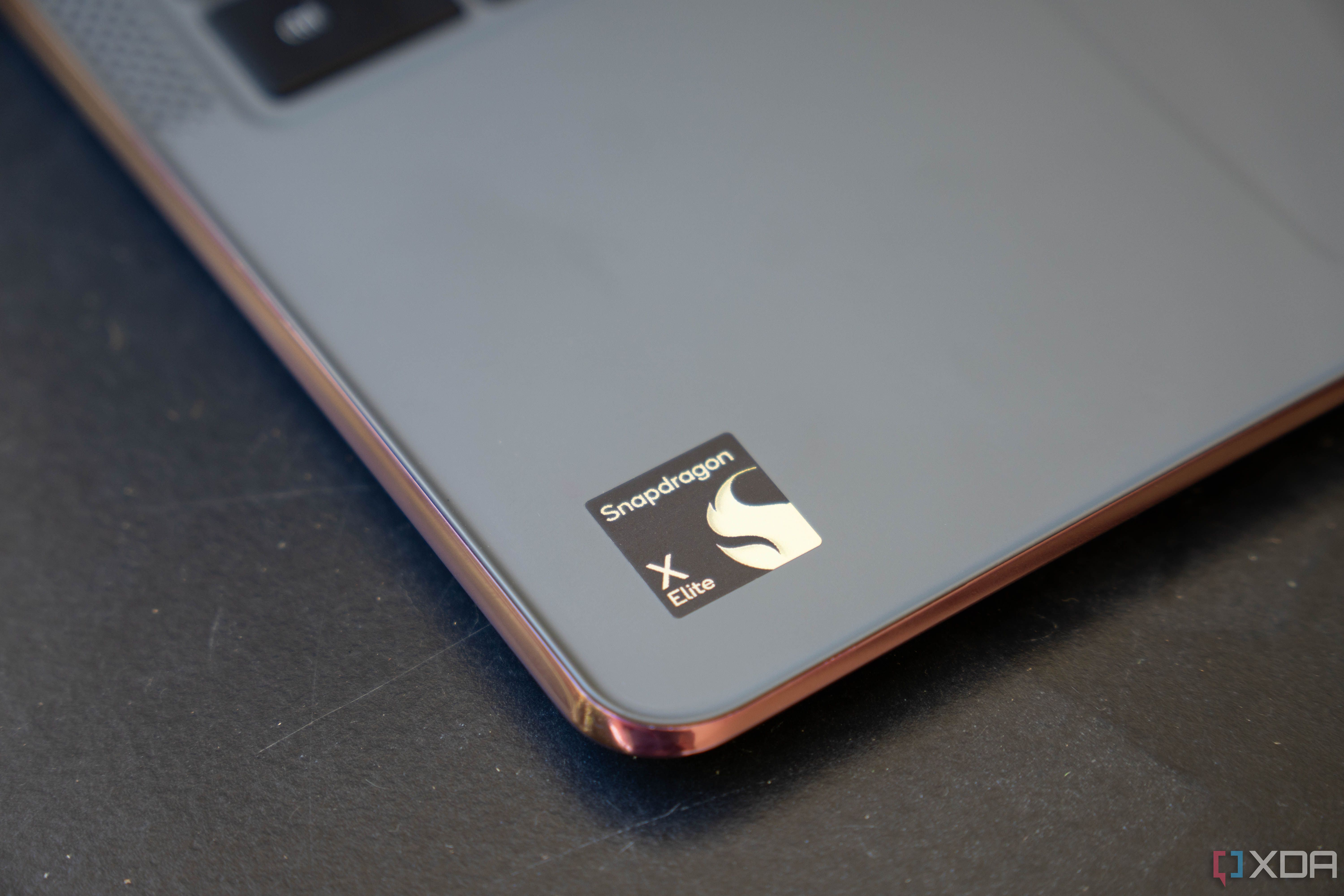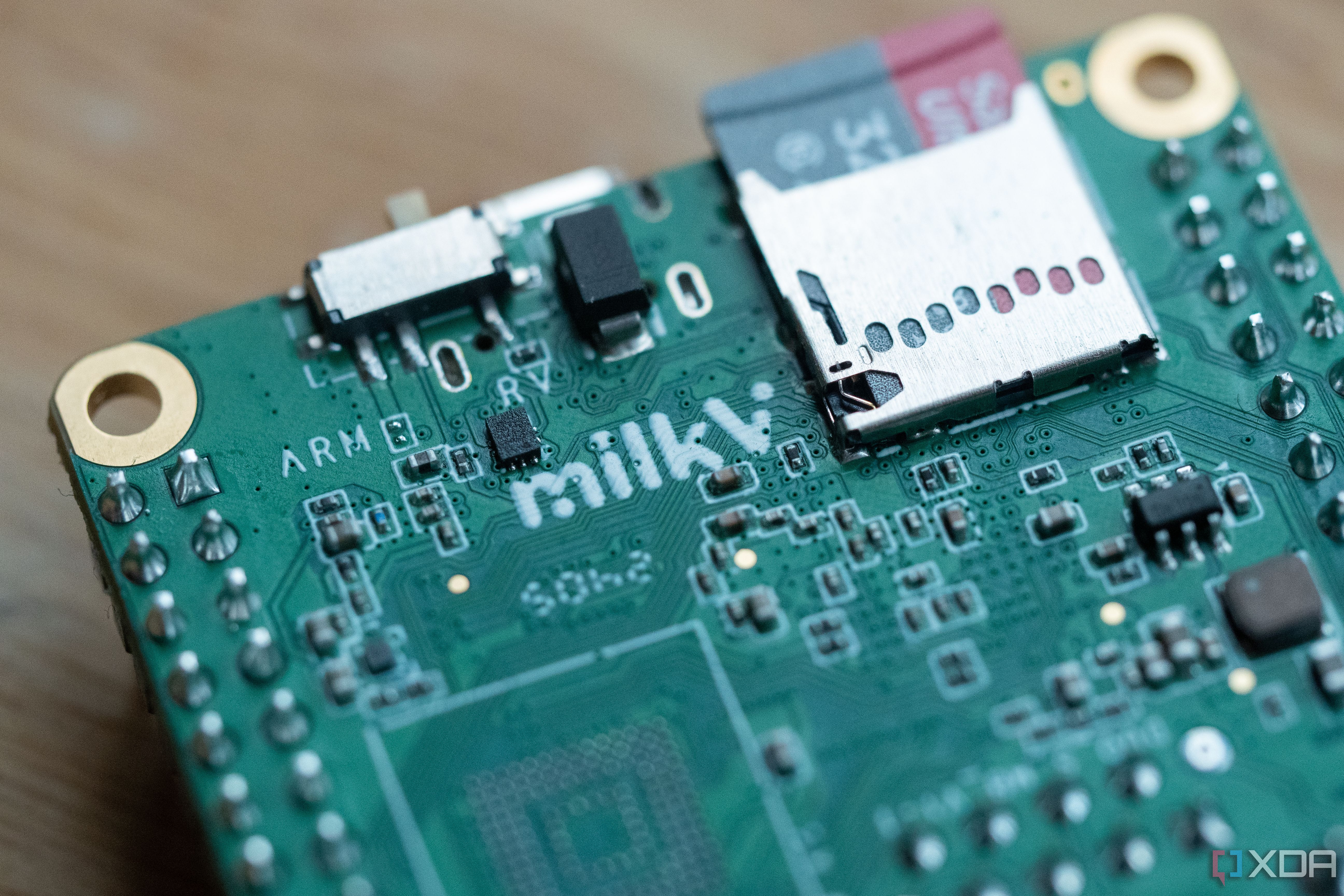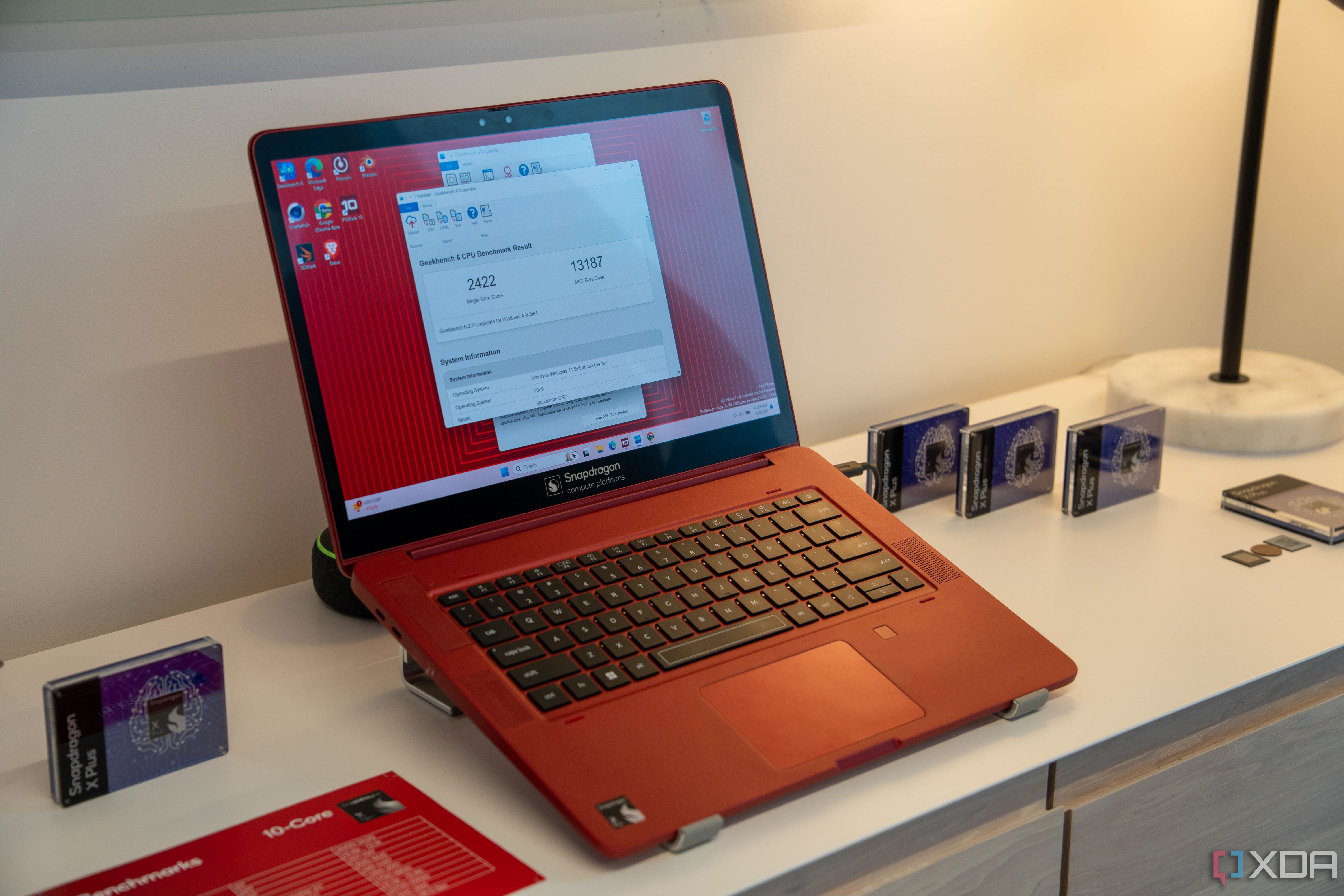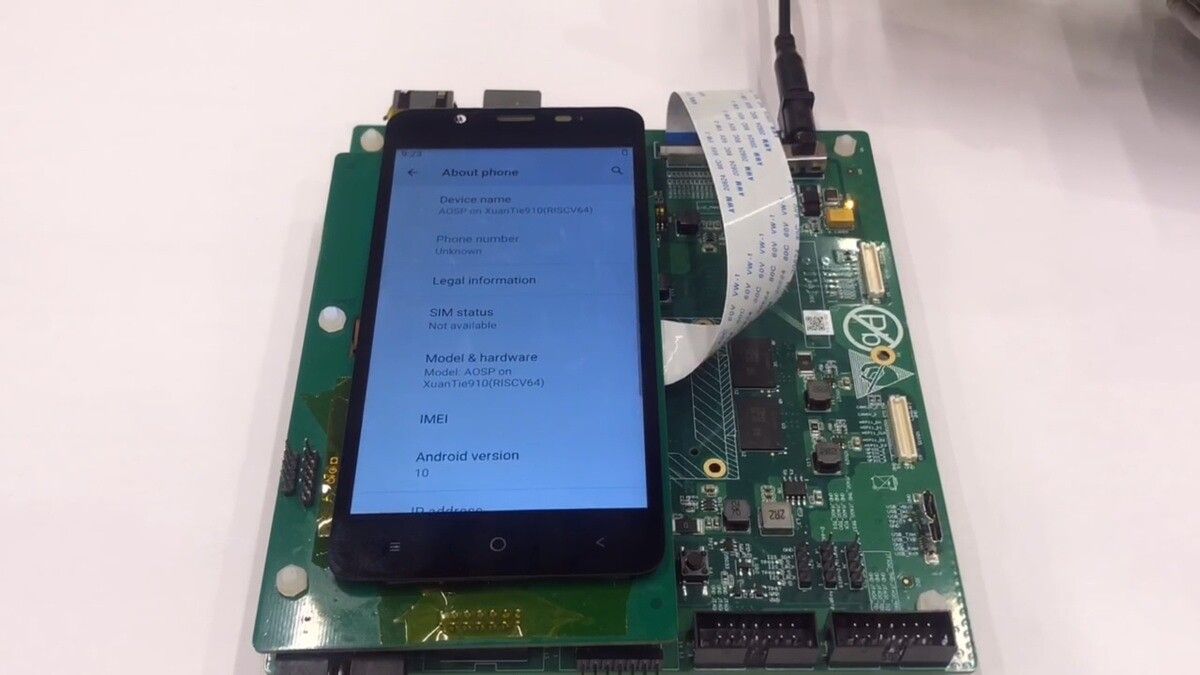Tech
Forget about Windows on Arm, where’s Windows on RISC-V?

Key Takeaways
- Windows on RISC-V is a distant dream due to fragmentation and lack of consumer base.
- Microsoft likely tested Windows on RISC-V internally, but support is not feasible.
- RISC-V, though attractive with no licensing fees, remains niche and far from mainstream use.
Windows on Arm is finally having its moment thanks to Qualcomm’s Snapdragon X series SoCs, and that’s great for the wider Windows ecosystem. It gives more choice, it competes with Apple on a more level-playing field, and it pushes competitors like Intel and AMD to do better. Now that we’re at this stage with Arm, I think we’re all wondering the same thing: where’s Windows on RISC-V?
I say that largely in jest, for the record. I don’t expect there to be a Windows on RISC-V build for quite a while, given the fragmentation and other problems associated with the standard at the moment. For example, Ubuntu is available on some RISC-V devices, but there are specific builds of Ubuntu for specific devices as the open standard nature of it means that, sometimes, some SoCs will have features that other SoCs simply don’t support.
With that said, I do think there’s a conversation to be had about Windows on RISC-V and the efforts that have gone towards making it work.
What is RISC-V?
RISC-V is one of the latest contenders in the CPU arena, but what is it and how does it compare to its rivals?
Microsoft has almost definitely tested Windows on RISC-V internally
Companies test stuff all the time, though
If you’re a tech enthusiast who follows the industry at all, then you know that companies love to test stuff all the time. Microsoft is no different, and I am almost certain that the Redmond firm has already tested Windows on a RISC-V board internally. In fact, I’d go so far as to say that they’ve probably tested it on multiple boards, even if those boards are just FPGA concepts.
With that said, it’s not something that Microsoft can really feasibly support at present. Aside from those aforementioned fragmentation problems of the standard that are pervasive throughout currently, there’s also a question of install base. Who would actually use Windows on RISC-V? It’s no secret that tech fans haven’t liked a lot of Microsoft’s practices at the best of times, but the hatred that Windows 11 faces is unmatched
With that said, tech fans are also the only ones who are actually using RISC-V at present. There are no regular consumers using RISC-V at present, for the simple reason that regular consumers don’t use very specific hardware with very specific builds of Linux to use their computers day to day.

My first hands-on experience of RISC-V is with the Milk-V Duo S, and I’m excited
The Milk-V Duo S is a RISC-V SBC that has an Arm CPU in tow, though you can’t make use of it just yet.
Windows on RISC-V might come eventually, but I’d say it’s years away
RISC-V is still massively niche
RISC-V is still a massively niche architecture, and while companies like Google and Qualcomm seem to be invested in its future success, that doesn’t mean it’s really useful now. In fact, the US government is already beginning to investigate the risk (see what I did there?) of its usage in Chinese tech products, as it’s seen as a threat to the tech that the US can influence or outright exert control over, like Arm and x86.
And speaking of Arm, it’s the most direct competitor to RISC-V as well. RISC-V is a Reduced Instruct Set Computer (hence the name), but so is Arm. RISC-V is energy-efficient, it’s free to use, and it’s getting stronger by the day. In contrast, Arm commands a licensing fee anytime you want to use the architecture or one of its core designs, such as its CSS for Client that was announced just last month.
That lack of licensing fee is why RISC-V is so attractive to companies, plus the fact that it’s open means those companies can do whatever they want with it. Google can build its own chip with its own instructions if it bases it on RISC-V, which the company actually did for its Titan M security chip in Google Pixel smartphones. Even better, it didn’t owe anyone a cent to do so.
For anyone who wants to actually use RISC-V nowadays, your best bet is to buy a RISC-V board and play around with it. There are no mainstream computers powered by it yet, and we’re quite far away from having any mainstream computing devices powered by RISC-V architecture. I’m hopeful that in the future we’ll see more RISC-V simply to be yet another competitor in the space, but until then, it remains a pipedream.












